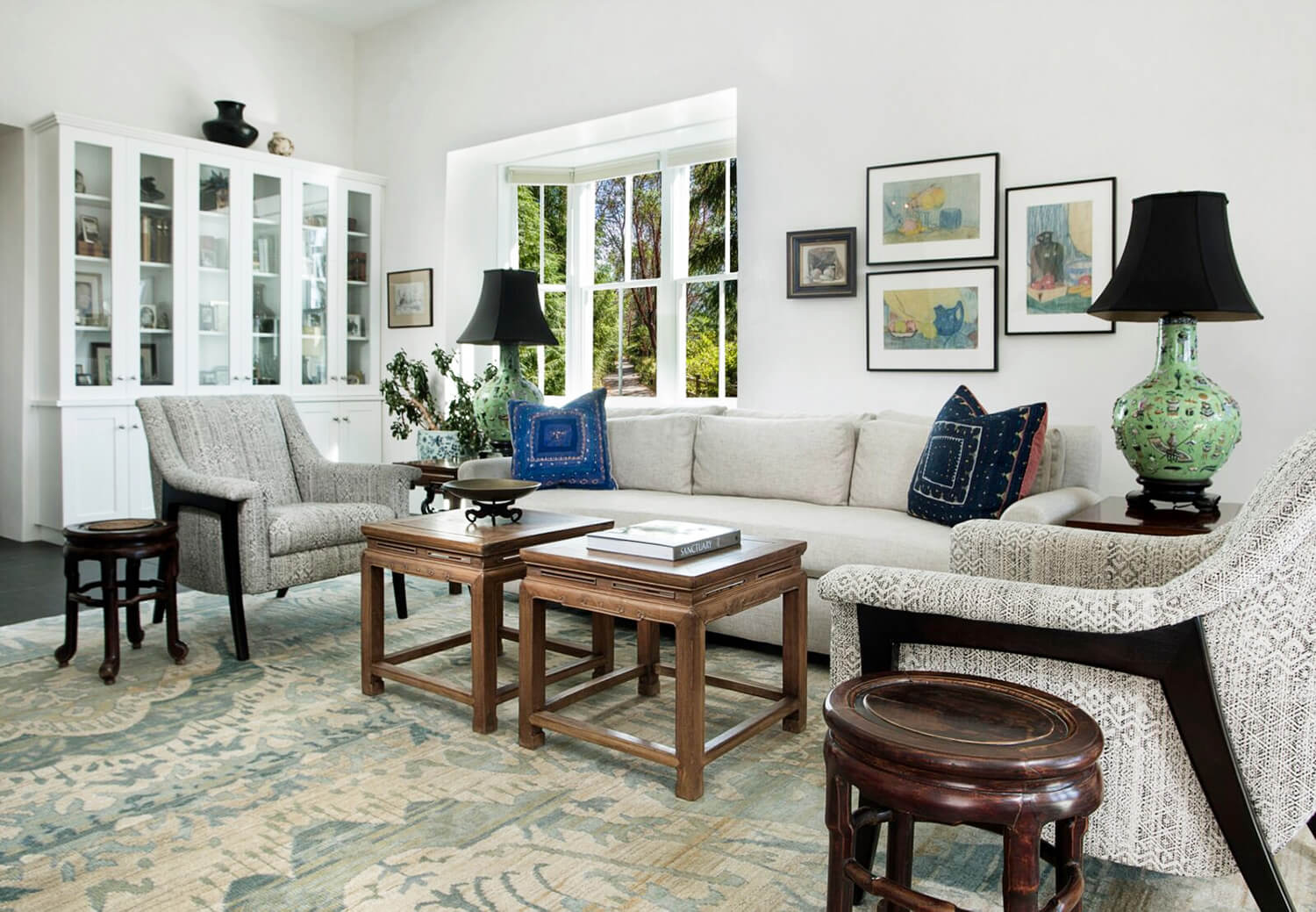Interior design style as individual expression.
Clearly many styles abound for designing interiors. Some styles are certainly more common in specific geographic areas. However, if someone is obsessed by a ‘French Country,’ style they will not be concerned that they live in south Florida or the hills of Santa Fe, and that may very well be how they decorate their home.
Some popular design styles are Industrial, Rustic, Traditional, Modern, Bohemian, Minimal, Contemporary, Transitional and Eclectic.
Most people who seek the services of my design firm have a good sense of what they like and what their style is. While many clients I’ve worked with may not have specific words attached to the style of their favorite interiors, it’s not important to me. I’m more interested in how the space when complete will ‘feel’ and support or nourish the client, while expressing their individual style.
For example, the style in the accompanying photographic example is minimalism/traditional with the purpose of creating a space for relaxation and quiet repose from busy days. We also created for the client a backdrop for displaying a sublime collection of treasures from around the world spanning generations of family travel.
Find your style.
Beauty and inspiration are the keys to unlock anyone’s design style. There are many architectural and interior design examples over the ages that are breathtaking and stunning to see. The ‘style’ of these is as varied as the number of examples. So this begs the question: What makes them so appealing to the human eye and psyche?
In the practice of interior design, we adhere to principles that connect us to what we see, such as balance, rhythm, emphasis, scale and proportion, and harmony. Piero Ferrucci, an Italian philosopher and psychotherapist said, “Beauty is a primary principle that touches all parts and functions of our being. It opens us to the world and brings harmony to our relation with others and with nature. It helps us reach out and touch the entire universe.”
The suggestion is that experiencing beauty evokes our primal instincts. At a fundamental level we as humans are genetically predisposed to seek survival and pleasure.
I won’t venture too deeply with this discussion of neuroscience and its connection with beauty (which fascinates me beyond explanation). I simply wish to express a strong belief that is the basis of my work as an interior designer.
Express yourself.
Why is this important? Simply stated, style is a “mode of expression.” So it doesn’t matter whether you choose modern design or rustic design or whatever as your own interior design style. The composition and execution of that style is what will make it beautiful and nurturing to you.
The skill, knowledge and talent of the interior designer will determine the success of expressing your personal style. Period.
